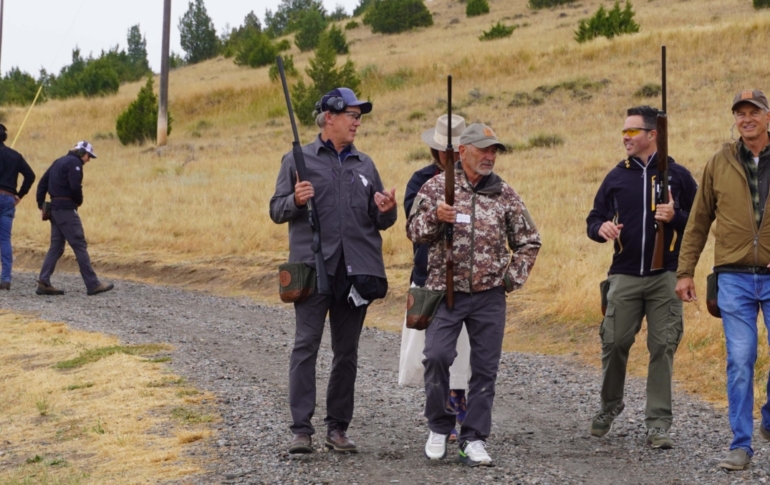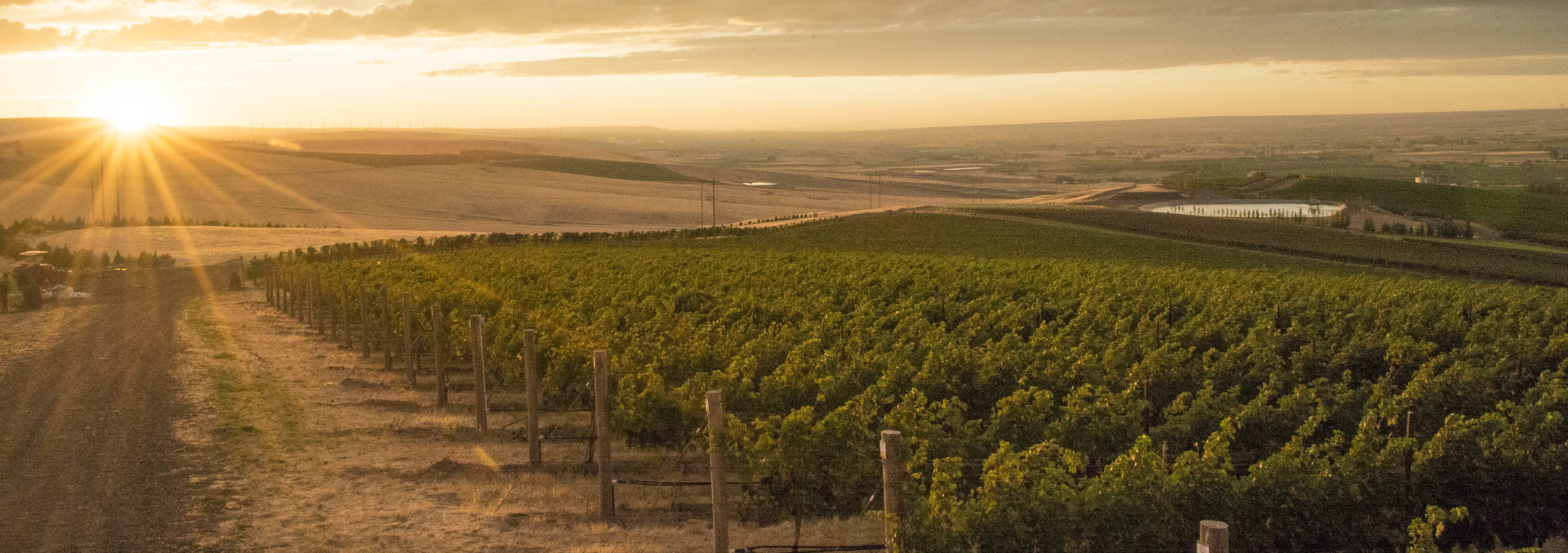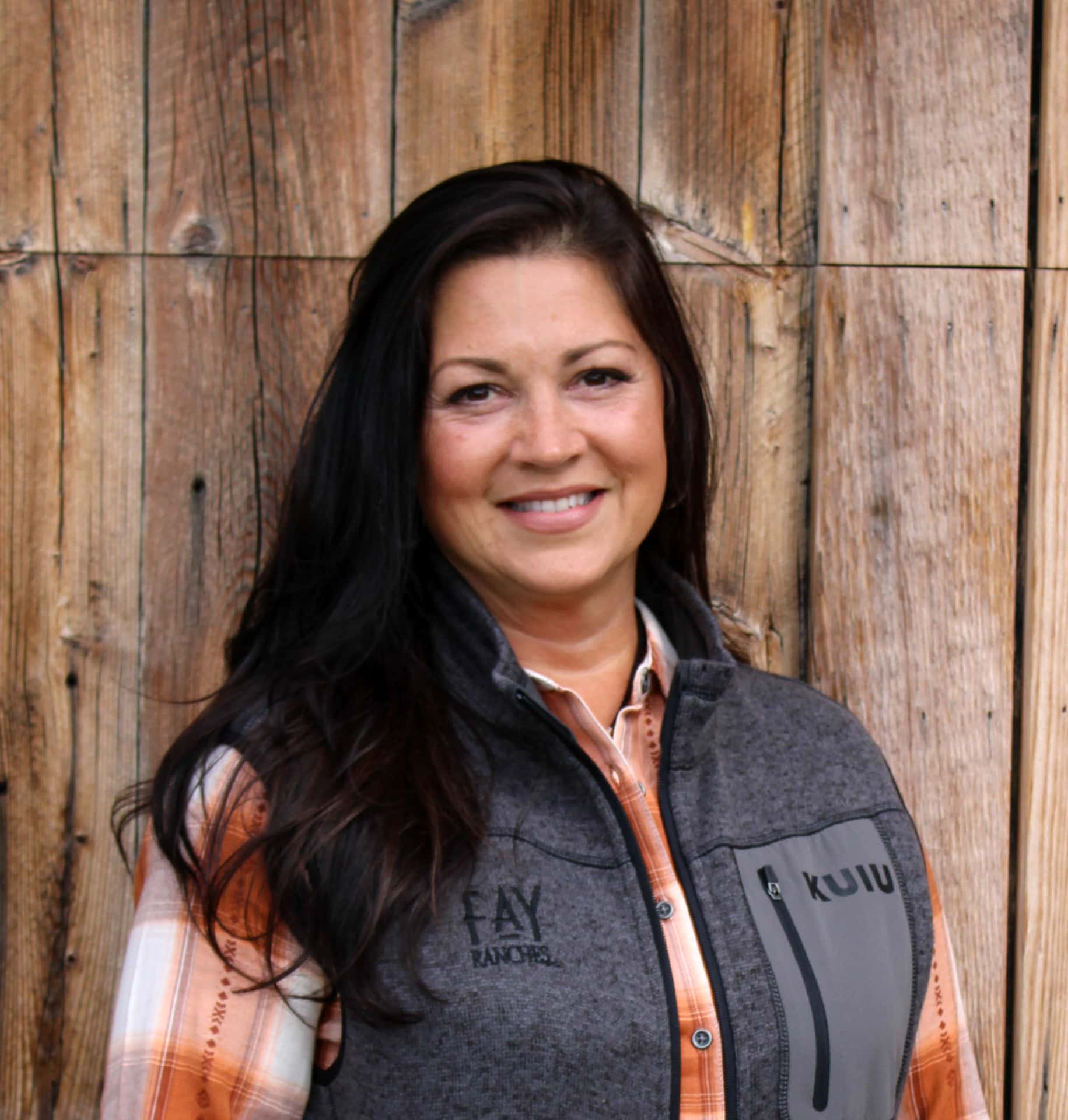Pioneering Washington’s Wine Region
By Michelle Burbidge, Broker, Licensed in WA
Washington is quickly becoming a mecca for grape growers and wineries. The same breathtaking landscape that first drew pioneers westward over 200 years ago now attracts a new kind of pioneer, those searching for a rich and diverse grape growing region.
Just 20 years ago, Washington had only four AVAs (American Viticultural Areas), accounting for 24,000 acres of wine grapes and 70,000 tons of grapes per year. As of August 2020, there were 14 AVAs, equating to nearly 60,000 acres of vineyards and 260,000 tons of grapes, making Washington America’s second-largest wine region. One more AVA (Royal Slope) was established as of publication date, with three more waiting in the wings (Candy Mountain, The burn of Columbia Valley, White Bluffs, and Yakima Valley 2). Each AVAs terroir is unique and influenced by combinations of climate, topography, and soils. These varying attributes create complexities in the flavor and aromas of the wines made from them.
Washington sits along the 46-degree parallel. It shares this commonality with the Burgundy and Rhone regions of France. This angle provides for over 17 hours of sunlight during the day and cool nights during the growing season. The time between the hottest daytime temperature and the coldest nighttime temperature is called the “Diurnal Range.” Washington has one of the most drastic ranges during the growing season, sometimes fluctuating by 47 degrees Fahrenheit. The high temperatures influence sugar content, while the cooler temperatures allow for a balance in acidity and aroma.
ABOUT THE APPELLATIONS
COLUMBIA VALLEY – Designated in 1984 and encompassing more than a third of the state, the Columbia Valley is by far Washington’s largest growing AVA at nearly 11 million acres. It contains eight sub-AVAs within its borders: Red Mountain, Yakima Valley, Walla Walla Valley, Wahluke Slope, Rattlesnake Hills, Horse Heaven Hills, Snipes Mountain, Lake Chelan, Naches Heights, and Ancient Lakes. 6,070 vineyard acres are planted in the Columbia Valley and not included in any other sub-AVAs. The appellation is in central, south-central, and southeastern Washington, with part of the appellation spilling across the border into Oregon. It contains 99% of all the wine grapes grown within Washington. Top varietals are Riesling, Merlot, Chardonnay, and Cabernet Sauvignon.
LEWIS CLARK VALLEY – Designated in 2016, the Lewis-Clark Valley AVA’s soil is comprised of decomposing perennial grasses and grass roots with the capacity to hold water. The majority of soils contain loess, or wind-deposited, nutrient-rich silt. The region has good planting areas that are easy to develop and possess air drainage characteristics ideal for wine grapes. It also contains steep sides within shallow, stony surficial coverage for both classic and exotic vineyard sites. Formed by the Snake and Clearwater rivers, the Lewis-Clark Valley AVA consists of canyon side and benchlands and is 306,658 acres in size. About 72% (219,838 acres) of the Lewis-Clark Valley AVA is located in Idaho, with the rest in Washington.
PUGET SOUND – Designated in 1995 and located in western Washington, Puget Sound is unique for Washington. It enjoys long, mild, and dry summers, but gets enough rainfall to grow grapes without irrigation. It is Washington’s coolest and wettest growing region and rarely suffers significant freezes in winter. The Puget Sound’s best-grown varieties pair very well with the region’s famous fresh seafood. 92 vineyard acres of vinifera grapes are planted, and approximately 45 wineries live in the Puget Sound region. Top varietals are Madeleine Angevine, Siegerebbe, and Muller-Thurgau, followed by Pinot Gris and Pinot Noir. It is Washington’s coolest and wettest growing region with an average of 15 – 30 inches of precipitation per year.
COLUMBIA GORGE – Designated in 2004, the Columbia Gorge AVA gave recognition to a uniquely beautiful area straddling the Columbia River along the Oregon border. The Columbia Gorge is one of Washington’s only growing regions outside of the Columbia Valley appellation. With nearly 400 acres under vine, it is one of the few AVAs where white grape variety plantings outnumber red grape plantings. This is one of Washington’s four cross-border AVAs with 66,604 acres in Washington and 120,012 acres in Oregon. Traveling west to east within the Columbia Gorge, rainfall diminishes almost an inch per mile. Its western vineyards are a cool, marine-influenced climate (40 inches of rain per year) – perfect for Gewurztraminer, Chardonnay, Pinot Gris, and Riesling. Its eastern vineyards are a continental high desert climate (10 inches of rain per year) but boast plentiful sunshine – perfect for Cabernet Sauvignon, Syrah, and Zinfandel. Vineyard altitudes vary from near sea level to close to 2,000 feet.
REASONS TO INVEST IN WASHINGTON
Today, we see the growth and success that Washington grape growers and winemakers have had since the earlier pioneers before them. What started with a few small farms and creative winemakers has evolved into a world-class and well-respected industry on the world stage. It is a $4.4 billion-plus industry in Washington state.
Since 1981, there has been consistent, steadfast growth in licensed wineries, with nearly 100 new per year since 1981, resulting in over 1000 wineries in 2020. From 2008 to 2018, Wine Spectator Magazine rated 44% of the Washington wines tasted with scores over 90. The only other region in the world to beat that by 1% was France. Trailing behind by wider margins were California, Italy, and Spain. This statistic speaks to superior fruit quality and meticulous craftsmanship amongst vintners. Wine consumers appreciate quality but also price. Of these five global wine-growing regions, Washington’s average price per bottle is the lowest, at $47.
In the traditional grape-growing model, wineries are next to or close to their vineyard sources. Washington, generally, completely breaks this model. Many wineries are dozens and even hundreds of miles from the vineyards they work with. Many contract their grapes rather than establishing their own vineyards. This gives the wineries several advantages. Purchasing grapes minimizes startup time for a winery and has enabled the industry’s rapid growth. It allows wineries to set up shop wherever they like, be it near metropolitan consumer hubs or in the state’s far reaches. Not being tied to a single vineyard source in a single location means that wineries can experiment with vineyards across Washington. They can make a wine that blends Cabernet Sauvignon from the Horse Heaven Hills with Merlot from Red Mountain and Petit Verdot from the Wahluke Slope, taking the best from each location. Using a diversity of sites also helps keep quality consistent across vintages.
Investing in a vineyard or winery isn’t just a business decision. It’s an adventure and a lifestyle sought out by many who have previously walked far different paths. Winemakers and grape growers live and work in small towns where old homes, beautiful barns, and converted mills reflect the American West. They are active in their communities, connected to the land, and eager to share their stories. When stopped in a tasting room, the person you see walking in the vineyard, driving a forklift, or opening bottles behind the counter is often the owner or winemaker.
Washington’s wine industry allocates 25% of its budget to support a groundbreaking viticulture and enology research program and the state-of-the-art WSU Wine Science Center. Research priorities are 100% industry-driven, and results are available to every winery and vineyard. Outreach is a major priority to ensure farmers and winemakers have the most updated information to make even better wine and grow even better fruit.
Washington state residents revel in the opportunity to taste and tour wine country in their backyard, where people from all over the world come to experience the beauty and complexity of the landscape, and the hospitality and craftsmanship of its wine community.
Special thanks to the Washington Wine Commission for their contribution to this article. Learn more about Washington’s wine industry by visiting their website www.washingtonwine.org.

Joette Schalla, ALC, Land Broker of the Year by Colorado RLI Chapter
Fay Ranches is proud to recognize the outstanding achievement of our own Joette Schalla, ALC, who has been named Land Broker of the Year by the Colorado Chapter of the REALTORS® Land Institute. This prestigious award highlights the exceptional professionals in the land industry who demonstrate expertise, leadership, and an unwavering commitment to their clients […]

Breaking Clays, Building Futures: Fay Ranches at the First Annual FRCF Clay Shoot
On August 27th, the Fay Rural Community Foundation (FRCF) hosted its first annual Clay Shoot, bringing together 66 participants across 17 teams for a day of sport, camaraderie, and purpose. Despite the rainy weather, the event raised more than $24,000 to support rural communities. For Fay Ranches, this event was more than a fundraiser. Our […]




